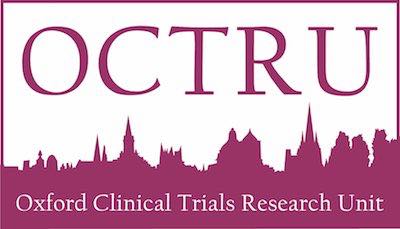The NEON study seeks to assess the efficacy of digital nerve repair by comparing the presence and absence of microsurgical sutures in theatre. The lack of evidence for this procedure, its frequent use and the lack of NHS resources mean that NEON is necessary and important.
Full study title
A randomised controlled trial assessing if microsurgical nerve repair offers clinical benefit and cost effectiveness (in terms of patient-reported hand function, sensory recovery and adverse events) over exploration and washout without microsurgical nerve repair in adult patients with recent traumatic digital nerve injury.
Study design summary
Multi-centre, parallel, blinded (participant and assessor) two arm randomised controlled trial including economic analysis.
Patients
Patients 18 and over presenting with a single unilateral digital nerve injury appropriate for surgical repair. For the full eligibility criteria click here.
Invention and Comparator
- Digital nerve surgery with microsurgical sutures.
- Digital nerve surgery with realignment of nerve ends but no microsurgical sutures.
Primary Objective
To ascertain the clinical effectiveness of microsurgical nerve repair for patients with digital nerve injuries.
Measured by the Impact of Hand Nerve Disorders (I-HaND v2) questionnaire at 12 months post-randomisation
Trial participant pathway
A flow diagram giving an overview of the participant pathway is available here.
Related papers





